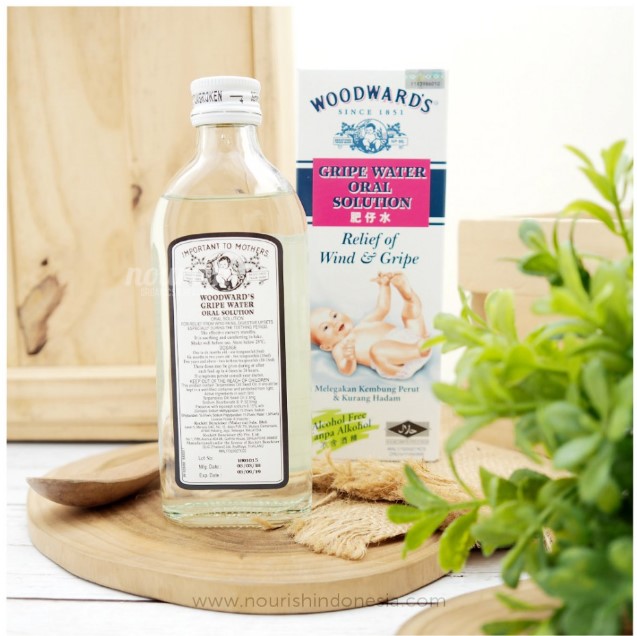BOURSESSENEGAL – Gripe water is a popular remedy among parents seeking relief for their babies’ discomfort. If you’ve ever wondered what gripe is, how it works, and its potential benefits, you’re in the right place. In this detailed guide, we will explore the uses of gripe , its ingredients, safety concerns, and much more. Understanding gripe can help you make informed decisions for your child’s health.
What is Gripe Water?
Gripe water is a herbal supplement typically used to relieve gastrointestinal discomfort in infants and toddlers. Parents often turn to this remedy to alleviate symptoms like gas, colic, and teething pain. The origins of gripe date back to the 19th century, and it has since evolved into a staple in many households.
Ingredients of Gripe Water
Most gripe water formulations contain a blend of herbal extracts and other natural ingredients. The common components include:
- Fennel Seed Extract: Known for its carminative properties, fennel helps reduce gas and bloating in the digestive tract.
- Ginger Root: This ingredient can soothe an upset stomach and aid digestion.
- Chamomile: Often used for its calming effects, chamomile can help ease tension in babies, promoting better sleep.
- Sodium Bicarbonate: Sometimes added to neutralize stomach acid, providing additional relief.
Many brands offer various formulations, so always read the label to understand what’s included.
How Does Gripe Water Work?
Gripe water works primarily by soothing the digestive system. The herbal ingredients are thought to relax the muscles in the gastrointestinal tract, which can help ease discomfort associated with gas and bloating. Additionally, the calming properties of some herbs may reduce fussiness and promote relaxation in babies.
Common Uses of Gripe Water
Parents often use gripe water for several reasons:
- Gas Relief: Babies can experience gas buildup, leading to discomfort. Gripe can help relieve this.
- Colic: Many infants suffer from colic, which can cause prolonged periods of crying. Gripe may offer some relief.
- Teething Pain: The discomfort associated with teething can be soothed by the herbal ingredients in grip.
- Digestive Issues: If your baby struggles with digestive problems, gripe might help ease their symptoms.
Safety and Considerations
While gripe water is generally considered safe, it’s essential to be mindful of a few factors:
Age Recommendations
Always consult with your pediatrician before introducing any new remedy, including gripe . Most products are recommended for infants older than one month, but guidelines can vary between brands.
Potential Side Effects
Although side effects are rare, some babies may experience mild reactions. Watch for signs of an allergic reaction, such as rashes, vomiting, or diarrhea. If you notice any concerning symptoms, stop using the product and consult your doctor.
Choosing the Right Gripe Water
Not all gripe waters are created equal. When selecting a product, look for the following:
- Natural Ingredients: Opt for formulations without artificial colors, preservatives, or alcohol.
- Reputable Brands: Choose products from well-known manufacturers with positive reviews.
- Certification: Check for certifications from health organizations to ensure quality and safety.
How to Administer Gripe Water
Administering gripe water is straightforward. Here’s a quick guide:
- Read the Instructions: Always follow the dosage instructions on the label.
- Use a Dropper or Spoon: Most products come with a dropper for easy administration. You can also use a small spoon.
- Timing Matters: Give gripe before or after feeding to help manage gas and discomfort.
Dosage Guidelines
Typically, the recommended dosage for infants is about 0.5 to 1 teaspoon, given as needed, but consult your pediatrician for personalized advice.
Alternative Remedies for Digestive Issues
If you’re exploring options for your baby’s digestive discomfort, consider these alternatives alongside gripe water:
Probiotics
Probiotics are beneficial bacteria that can support gut health. Some studies suggest they may help reduce colic symptoms in infants. Consult your pediatrician before starting any probiotic supplements.
Dietary Adjustments
For breastfeeding mothers, dietary changes may help. Consider reducing dairy, caffeine, or gas-producing foods to see if it positively impacts your baby’s comfort.
Tummy Massage
Gentle tummy massages can help alleviate gas and soothe an upset stomach. Using circular motions on your baby’s abdomen may provide comfort.
Conclusion
Gripe water can be a valuable addition to your parenting toolkit when it comes to managing your baby’s digestive discomfort. Understanding its ingredients, uses, and safety guidelines can empower you to make informed choices. Always consult your pediatrician before introducing new remedies, and remember that each child is unique. By paying attention to your baby’s needs, you can find the best approach to ensure their comfort and well-being.
Whether you’re a first-time parent or an experienced one, knowing how to navigate your child’s discomfort can make all the difference. Gripe may just be the gentle solution you’ve been looking for!
REFERENCE : https://www.cdcfoundation.org/



